Short Answer:
- Basic Summary: This blog teaches you how to choose the right houseplants and provides actionable care tips to keep them alive and beautiful.
- The One Lesson: Choosing the right plants for your space and understanding a few basic care principles are the key to houseplant success.
- My Experience: I emphasize my personal journey from plant-killer to plant-lover, along with drawing knowledge from reputable sources.
- Benefit to Reader: Readers gain confidence and practical knowledge to transform their home into a vibrant plant-filled space.
Full Article:
With years of transforming my own home from a plant graveyard into a thriving indoor jungle, I’m here to share the secrets to happy houseplants. I’ve learned from my own mistakes, expert advice from books like ‘Wild Interiors’, and practical tips from ‘How Not to Kill Your Houseplant’. Discover how to bring the beauty of nature indoors, with easy-to-follow care instructions that will have both you and your plants flourishing.
I’ve always managed to kill most of the plants I’ve bought over the years. But not any more! Here are some thoughts about what I’ve learned and what you can do to make the most impact with house plants
But they are such a lovely addition to an interior. The vibrant greens make you feel positive and they are good for the air in your house.
House plants are an excellent way to bring nature into your home and improve the overall ambience of the living space. And they can bring to life the paint colours you choose. They have been found to reduce stress levels, improve air quality, and make you feel positive. However, taking care of house plants can be challenging, especially for beginners. It is essential to choose the right plants that are easy to care for and will thrive in your home environment. In this article, we will provide you with tips on how to make the most impact with house plants. Plus care instructions for some of the most popular house plants.
I was inspired by this fantastic book by Hilton Carter Wild Interiors …
And helped by How Not to Kill Your Houseplant: Survival Tips for the Horticulturally Challenged; an idiot’s guide to caring for plants.
Also having a marvellous other half who actually remembers to water (and not overwater them), means we’re starting to grow a pretty cool collection of plants.

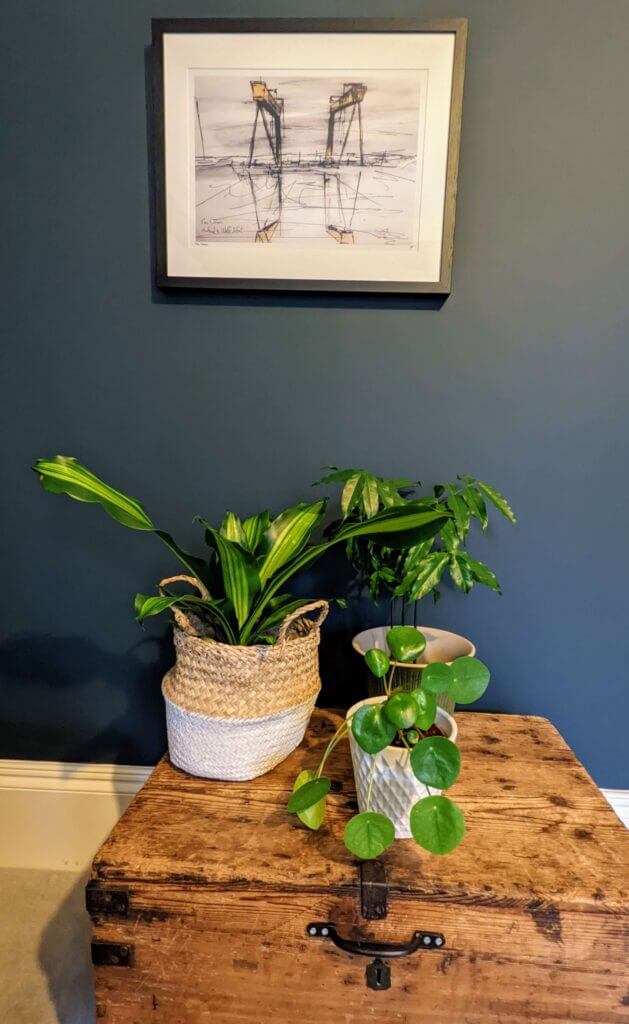
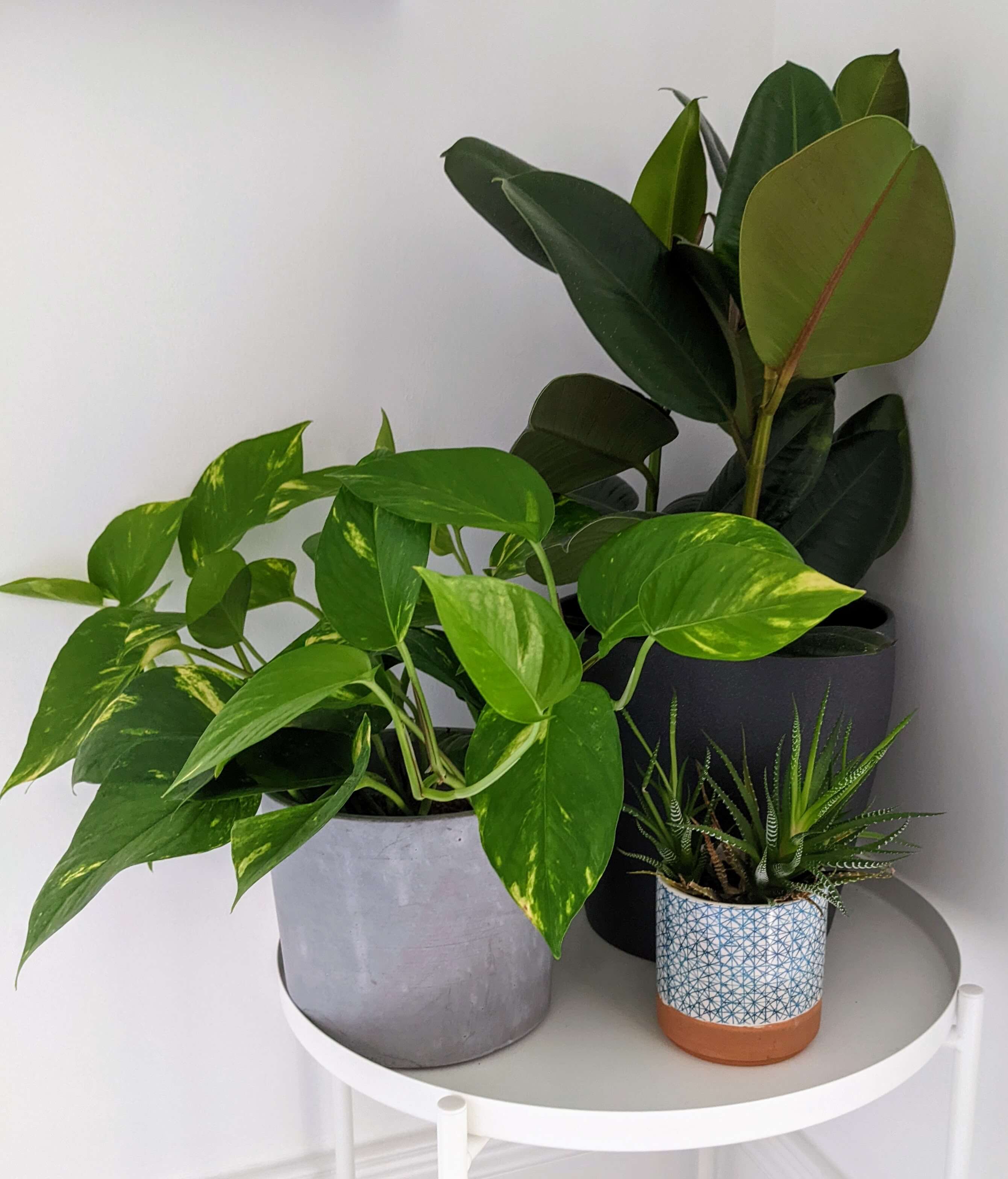
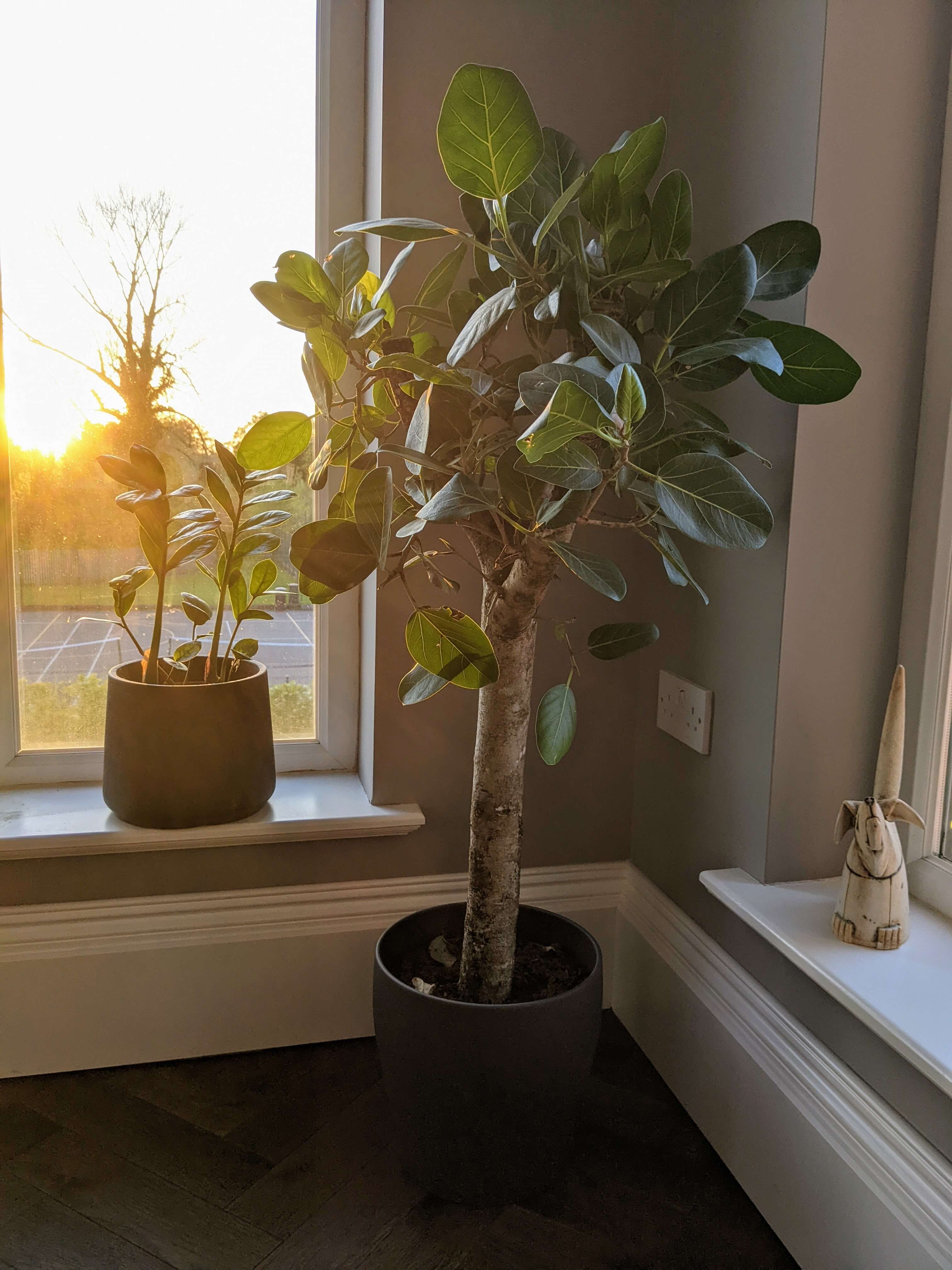
Choose the Right Plants
Not all houseplants are created equal, and some are easier to care for than others. Before you buy a plant, research its care requirements and make sure it is suitable for your home environment. Some factors to consider when choosing a plant are:
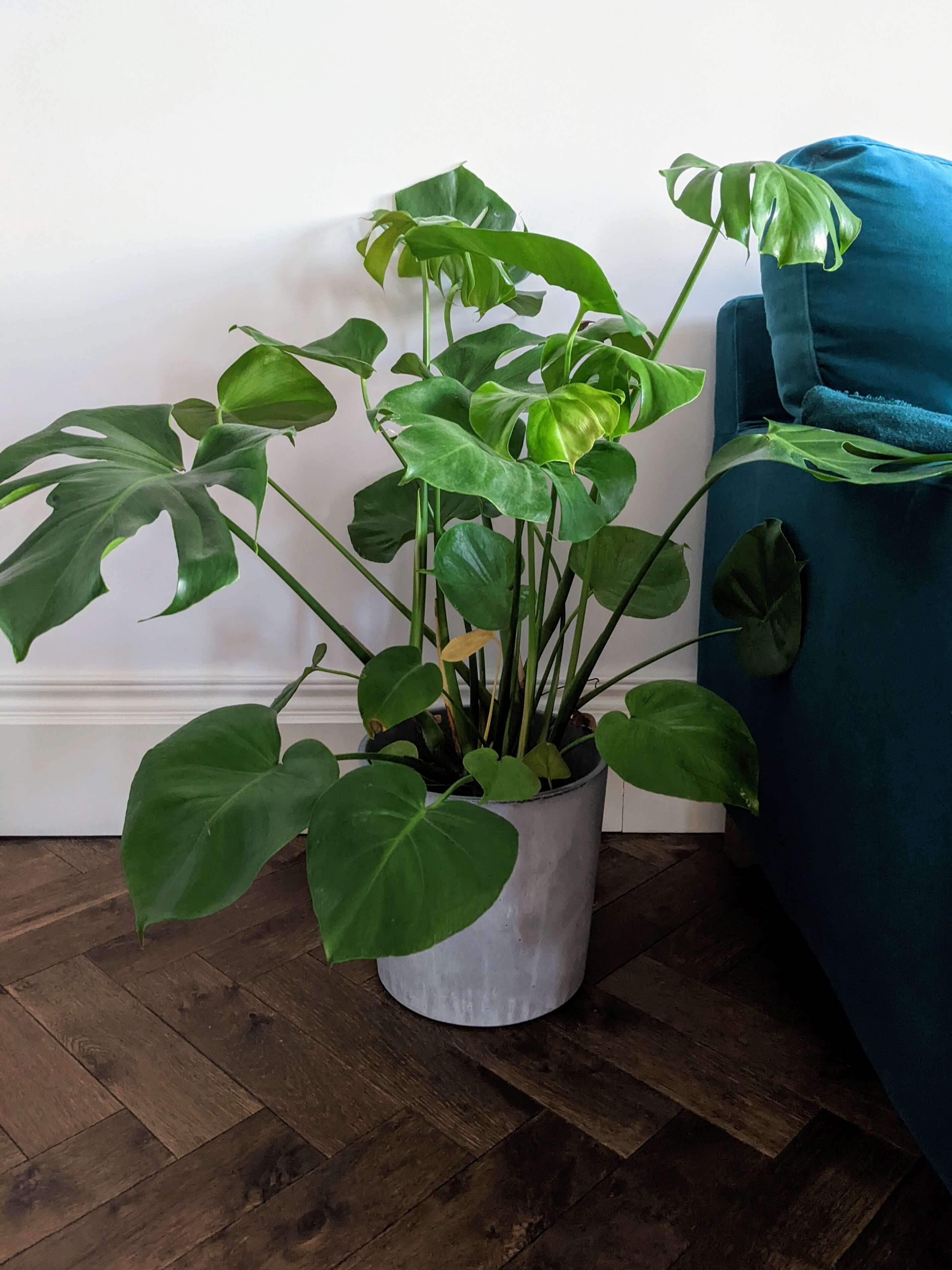
- Lighting: Some plants require direct sunlight, while others can thrive in low-light conditions.
- Watering: Some plants need frequent watering, while others can go weeks without being watered.
- Humidity: Some plants require a humid environment, while others can survive in dry conditions.
- Size: Some plants grow large, while others remain small and compact.

Here are some popular houseplants that are easy to care for:
Spider Plant (Chlorophytum comosum):
Spider plants are one of the easiest house plants to care for, making them a great choice for beginners. They can tolerate a wide range of lighting conditions, from bright indirect light to low light. Spider plants prefer to be watered once a week, and they do well in moderate humidity. They are also known for their air-purifying properties, making them a great addition to any living space.
Snake Plant (Sansevieria):
Snake plants are known for their hardiness and ability to survive in almost any condition. They thrive in low to medium light and only need to be watered every few weeks. Snake plants can also tolerate a wide range of temperatures, making them an excellent choice for homes with inconsistent temperatures.
Pothos (Epipremnum aureum):
Pothos are one of the most popular house plants and are known for their trailing vines and variegated leaves. They thrive in low to medium light and only need to be watered once a week. Pothos also prefer moderate humidity and can tolerate a wide range of temperatures.
ZZ Plant (Zamioculcas zamiifolia):
ZZ plants are known for their ability to survive in low light conditions, making them an excellent choice for rooms with minimal natural light. They only need to be watered every few weeks and can tolerate a wide range of temperatures. ZZ plants also have air-purifying properties, making them a great addition to any living space.
Peace Lily (Spathiphyllum):
Peace lilies are known for their elegant white flowers and their ability to thrive in low light conditions. They prefer to be watered once a week and do well in moderate humidity. Peace lilies are also known for their air-purifying properties, making them a great addition to any living space
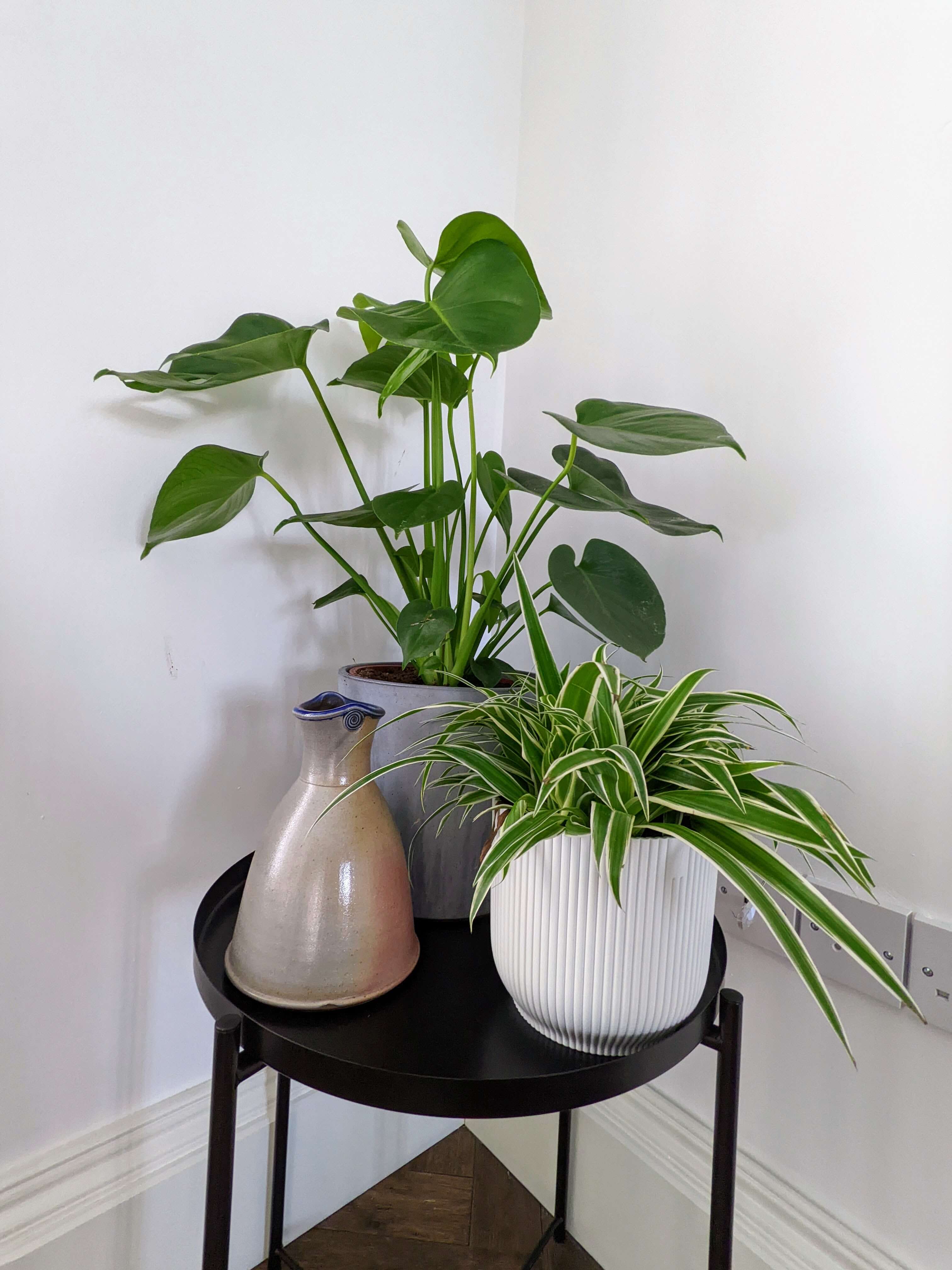
Top 5 tips for caring for your house plants
- Watering: Watering is one of the most important aspects of plant care. Water your plants when the soil feels dry to the touch, but make sure not to overwater as this can lead to root rot. Different plants require different amounts of water, so be sure to research the specific needs of your plant.
- Lighting: Most plants require bright, indirect light to thrive. Place your plants near a window that gets plenty of natural light, but avoid placing them in direct sunlight as this can scorch the leaves.
- Temperature and Humidity: Plants generally prefer temperatures between 60-75°F (15-24°C). Avoid placing your plants near cold drafts or heaters. Many plants also benefit from increased humidity, so consider using a humidifier or placing a tray of water near your plants.
- Soil: Use a high-quality potting mix to ensure your plants have the nutrients they need to thrive. Be sure to use a pot with drainage holes to prevent water from accumulating at the bottom of the pot.
- Fertilizer: Plants require nutrients to grow, so consider fertilizing your plants every few weeks during the growing season. Use a balanced, water-soluble fertilizer and be sure to follow the instructions on the package.
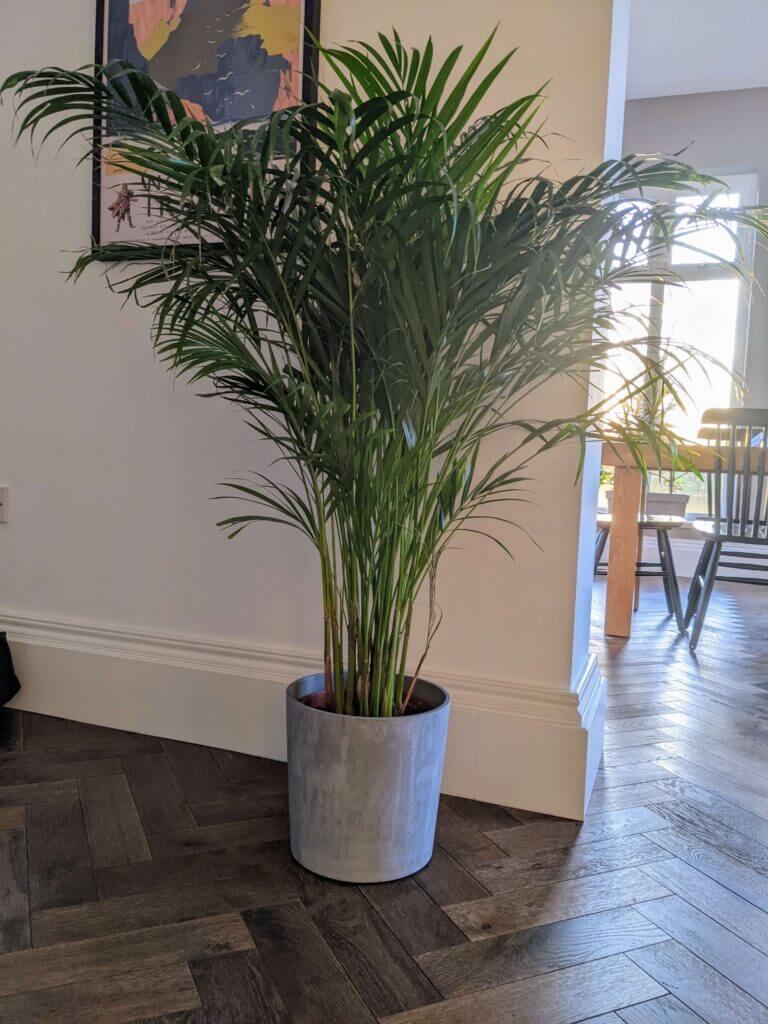
Remember to research the specific needs of your plants as different plants may require different care instructions. With a little care and attention, your house plants can thrive and add beauty to your home.